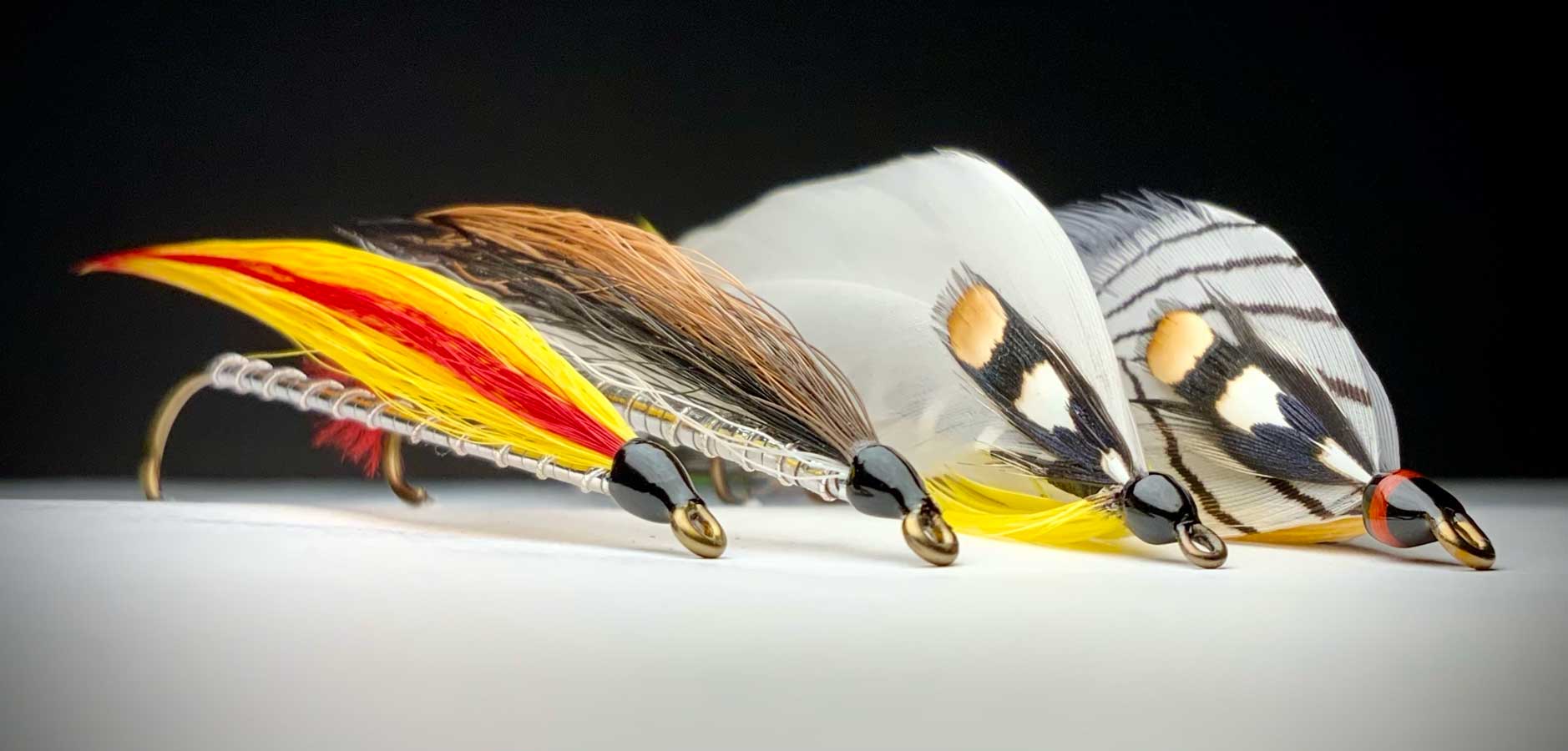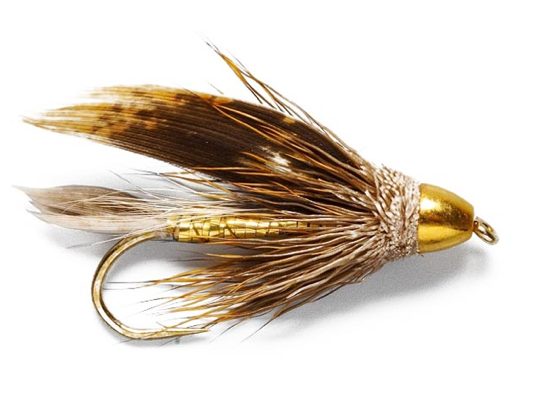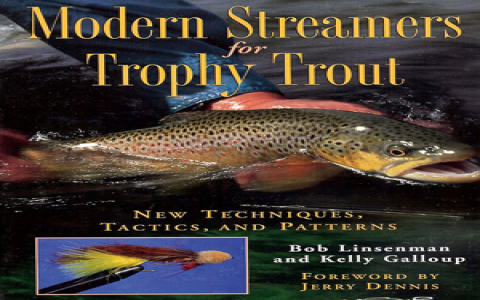You know, I’ve been fiddling with feathers and fur for a good long while. Seen all sorts of newfangled fly patterns pop up, some good, some just flashy. But the other day, I just felt like going back to the roots. Had a real hankering to tie up some of those classic trout streamers, the ones that have been catching fish for generations. There’s just something honest about them.
Digging Out the Goods
So, I headed over to my tying bench, which, if I’m honest, looked like a small critter had exploded in a craft store. Started rummaging through my boxes of materials. It’s amazing what you accumulate over the years. For these classic streamers, you don’t need a ton of exotic stuff. I was looking for the basics:

- Hooks: Some good, strong streamer hooks, sizes 4 to 10 mostly.
- Thread: Black, white, maybe some red. Nothing too fancy, just good old reliable tying thread.
- Tails: Marabou is a must for movement, and some bucktail for those more rigid tails or wings.
- Bodies: Chenille in various colors – olive, black, yellow. Some tinsel, silver and gold, for flash. Maybe some wool yarn too.
- Wings & Hackle: More bucktail, and some decent quality saddle hackles. Feathers from a duck flank or mallard can be handy too for some patterns.
Felt good to pull out those familiar materials. It’s like meeting old friends.
Getting Down to Tying
I decided to start with a real workhorse, the Woolly Bugger. Can’t go wrong with that one. I clamped a size 8 hook into my vise, making sure it was good and tight. Then I grabbed my spool of black thread. I started my thread wraps just behind the hook eye and worked my way back towards the bend.
For the tail, I selected a nice, fluffy marabou plume, black in this case. Measured it against the hook shank – you don’t want it too long or it’ll foul around the hook bend. Tied that in securely. Then I tied in a few strands of flashabou, just for a little sparkle.
Next up, the body. I took a length of olive chenille, tied it in where the tail was secured. Then I advanced my thread to just behind the hook eye. I wrapped the chenille forward, making sure each wrap touched the last, creating a nice, even body. Secured it with a few tight thread wraps and snipped off the excess.
Now for the palmered hackle, the bit that gives the Bugger its buggy look. I selected a black saddle hackle with good fibers. Prepared the feather by stripping off the fluff at the base and tied it in by its tip, right where I finished the chenille. Then, I gently wrapped the hackle in open spirals back towards the tail, over the chenille. This part takes a bit of practice to get the spacing right. Once I reached the tail, I used my thread (which I’d left at the head) to make a few wraps over the chenille, travelling back to secure the hackle tip at the front of the fly. Oh wait, no, I usually tie in the hackle at the front and wrap it back if I’m not ribbing it, or tie it in at the back and wrap it forward. For this one, I tied it in at the back with the chenille and palmered it forward. Then secured it with thread wraps just behind the eye.
Finally, I built up a small, neat head with the thread, performed a couple of whip finishes to lock everything in place, and added a tiny drop of head cement for durability. There it was, a perfectly good Woolly Bugger. I tied up a few more in different colors – black, olive, even a white one.

Then I moved on to some Bucktail streamers, like the Mickey Finn. Simpler in some ways. Just a tinsel body and those iconic yellow and red bucktail wings. Laying down the silver tinsel body needs a bit of care to keep it smooth. Then stacking and tying in the sparse clumps of bucktail for the wing. It’s all about proportions with those.
Why I Bother with These Old Patterns
You might wonder, with all the high-tech flies out there, why stick with these old-timers? Well, for one, they just plain work. They imitate baitfish, leeches, and other tasty morsels that trout love. There’s a simplicity to them that’s really appealing. Plus, there’s a real satisfaction in catching a fish on a fly that anglers were using successfully fifty, even a hundred years ago. It connects you to the history of it all.
Putting Them to the Test
A few days later, with a box full of freshly tied classic streamers, I headed out to a local river I know well. It was a bit overcast, perfect streamer conditions. I rigged up my 6-weight rod, put on a 9-foot leader, nothing too fancy. I selected one of the olive Woolly Buggers I’d tied.
I waded into a nice run with some deeper pockets. My first cast, I sent the Bugger across and slightly downstream. Let it sink for a moment, then started my retrieve – short, jerky strips. Trying to make that marabou tail pulse and the hackle breathe. On the third cast, as the fly swung across a current seam, I felt that solid thump. Fish on! It wasn’t a monster, just a nice, feisty rainbow, but it felt great. It absolutely hammered that Bugger.
I fished for a couple more hours, trying out a Black Nose Dace and even one of the Mickey Finns. Picked up a couple more fish, missed a few. The classics were doing their job.
Some Closing Thoughts
There’s a real simple pleasure in the whole process. From sorting through materials, to the quiet concentration at the tying vise, and then finally, seeing those creations come to life in the water and fool a fish. These classic trout streamers, they’re not just bits of feather and fur on a hook. They’re little pieces of fishing history, and they still have a lot to teach us. And boy, do they still catch fish. It was a good reminder that sometimes, the old ways are the best ways.




